Dances in Puerto Rico: Exploring the National and Regional Dances of Puerto Rico
Introduction:
Puerto Rico, a vibrant island in the heart of the Caribbean, boasts a cultural heritage as rich and diverse as its tropical landscapes. The dances of Puerto Rico are a celebration of the island’s history, a fusion of indigenous Taíno, African, and Spanish influences. From the spirited beats of the Bomba to the elegant sway of the Plena, Puerto Rican dances reflect the resilience, diversity, and unique identity of its people. This exploration delves into the origins, characteristics, and cultural significance of Puerto Rico’s national and regional dances.
I. National Dances:
1.1 Bomba: The Heartbeat of Puerto Rico
The Bomba, often hailed as the heartbeat of Puerto Rico, is a dance and music form deeply rooted in the African and Taíno heritage of the island. Characterized by energetic drumming, complex rhythms, and call-and-response vocals, the Bomba is a dynamic and interactive dance where the dancer engages in a rhythmic dialogue with the drummer. The intricate footwork, expressive movements, and vibrant costumes make Bomba a captivating expression of Puerto Rico’s cultural diversity.
1.2 Plena: Storytelling through Rhythmic Poetry
The Plena, a musical and dance genre born in the working-class neighborhoods of Puerto Rico, is a lively and expressive form of cultural storytelling. Pleneros, musicians who play hand-held drums called panderos, accompany dancers who move gracefully to the rhythm. The lyrics often narrate everyday life, historical events, or social commentary, making Plena a poetic and engaging reflection of Puerto Rican identity.
II. Regional Dances:
2.1 Seis: Mountain Melodies in the Central Highlands
The Seis is a traditional dance rooted in the central mountainous regions of Puerto Rico, such as the town of Jibaro. Dancers perform the Seis to the sounds of guitars, cuatros (a small guitar-like instrument), and güiros (a percussion instrument). The dance reflects the rural traditions of Puerto Rico, with movements inspired by daily life in the mountains, agricultural activities, and community celebrations.
2.2 La Danza: Elegant Ballroom Influences in San Juan
La Danza, with its origins in 19th-century ballrooms, is a sophisticated dance that reflects the European influences on Puerto Rican culture. Danced in pairs, La Danza showcases graceful and intricate choreography. The dance is often accompanied by orchestras, highlighting Puerto Rico’s ability to blend European refinement with its own cultural expression, creating a dance that exudes elegance and sophistication.
2.3 La Bomba y Plena in Loíza: Afro-Caribbean Expressions
In the coastal town of Loíza, the Bomba and Plena take on distinct characteristics, embodying the Afro-Caribbean roots of the community. The Bomba in Loíza often features slower tempos, emphasizing the spiritual and meditative aspects of the dance. Meanwhile, the Plena incorporates vibrant costumes and energetic movements, representing the lively and dynamic spirit of the Afro-Caribbean traditions in Puerto Rico.
2.4 Danza de los Mascaros: Masked Splendor in Hatillo
The Danza de los Mascaros, celebrated in the town of Hatillo, is a festive dance that combines Spanish, African, and indigenous influences. Dancers don vibrant costumes and masks, creating a visually striking performance. The dance is often associated with religious celebrations, showcasing the syncretic nature of Puerto Rican traditions and the island’s ability to blend diverse influences into a harmonious cultural expression.
2.5 La Guaracha: Celebrating Rural Life in Ciales
La Guaracha, rooted in the town of Ciales, is a dance that celebrates rural life and agricultural traditions. Dancers mimic the movements of agricultural tasks such as sowing, harvesting, and celebrating the abundance of the land. The dance is a joyful expression of Puerto Rico’s agrarian heritage and the close connection between its people and the land.
III. Characteristics of Puerto Rican Dances:
3.1 Cultural Fusion: A Tapestry of Influences
Puerto Rican dances are a testament to the island’s cultural fusion, weaving together influences from the Taíno indigenous people, African slaves, and Spanish colonizers. The Bomba, with its African drumming and Taíno rhythms, and the European-inspired elegance of La Danza showcase the diverse influences that have shaped Puerto Rican dance traditions.
3.2 Improvisation and Interaction: Dance as Dialogue
Many Puerto Rican dances, particularly the Bomba, emphasize improvisation and interaction between the dancer and the drummer. The dancer’s movements and gestures respond to the beat of the drums, creating a rhythmic dialogue that is both spontaneous and deeply connected to the cultural and historical roots of the dance.
3.3 Expressive Movements: Telling Stories with the Body
Puerto Rican dances are characterized by expressive movements that tell stories, convey emotions, and celebrate cultural narratives. The intricate footwork of the Bomba, the graceful gestures of La Danza, and the storytelling in Plena showcase the ability of dance to serve as a powerful means of cultural expression and communication.
3.4 Musical Accompaniment: The Pulse of Puerto Rican Rhythms
Music plays a central role in Puerto Rican dances, with traditional instruments like drums, guitars, and cuatros providing the heartbeat of the rhythms. The synergy between dance and music is integral to the cultural experience, creating a harmonious and immersive expression of Puerto Rican identity.
3.5 Vibrant Costumes: Visual Spectacle
Traditional attire is a crucial element in Puerto Rican dances, adding to the visual spectacle of each performance. From the colorful costumes and masks of the Danza de los Mascaros to the elegant ballroom attire of La Danza, costumes contribute to the visual richness and cultural symbolism of Puerto Rican dances.
IV. Influences and Evolution:
4.1 Preservation of Afro-Caribbean Traditions: Cultural Heritage
Dances like Bomba and Plena in Loíza highlight the ongoing efforts to preserve and celebrate Afro-Caribbean traditions in Puerto Rico. These dances serve as a testament to the resilience and cultural heritage of Afro-Puerto Rican communities, ensuring that their traditions endure through generations.
4.2 European Elegance: Evolving Traditions
La Danza, rooted in European ballroom traditions, has evolved in Puerto Rico to incorporate local nuances and maintain relevance in contemporary culture. While retaining its elegance and sophistication, La Danza showcases Puerto Rico’s ability to adapt and innovate within its cultural traditions.
4.3 Syncretism in Cultural Celebrations: Fusion of Influences
Dances like the Danza de los Mascaros in Hatillo exemplify the syncretic nature of Puerto Rican cultural celebrations. The dance incorporates elements from Spanish, African, and indigenous traditions, creating a unique and harmonious fusion that characterizes the island’s approach to cultural expression.
4.4 Contemporary Adaptations: Innovation in Dance
While deeply rooted in tradition, Puerto Rican dances continue to evolve with contemporary influences. The incorporation of modern dance elements, innovative choreography, and the exploration of diverse musical genres contribute to the ongoing innovation within Puerto Rican dance culture, ensuring its continued relevance for new generations.
V. Conclusion:
Puerto Rico’s national and regional dances are a vibrant reflection of the island’s cultural diversity, historical depth, and dynamic identity. From the pulsating beats of the Bomba to the elegant movements of La Danza, each dance encapsulates a unique facet of Puerto Rico’s rich and resilient cultural heritage.
As Puerto Rico continues to evolve, its dances adapt to changing times while holding steadfast to the roots embedded in centuries-old traditions. The dance traditions of Puerto Rico are a testament to the island’s ability to synthesize diverse influences into a harmonious cultural expression, inviting people to explore the stories, rhythms, and cultural narratives that define this Caribbean gem. Through each movement, melody, and celebration, Puerto Rican dances endure as living expressions of a dynamic and diverse cultural legacy, inviting the world to join in the rhythmic revelry of “La Isla del Encanto.”


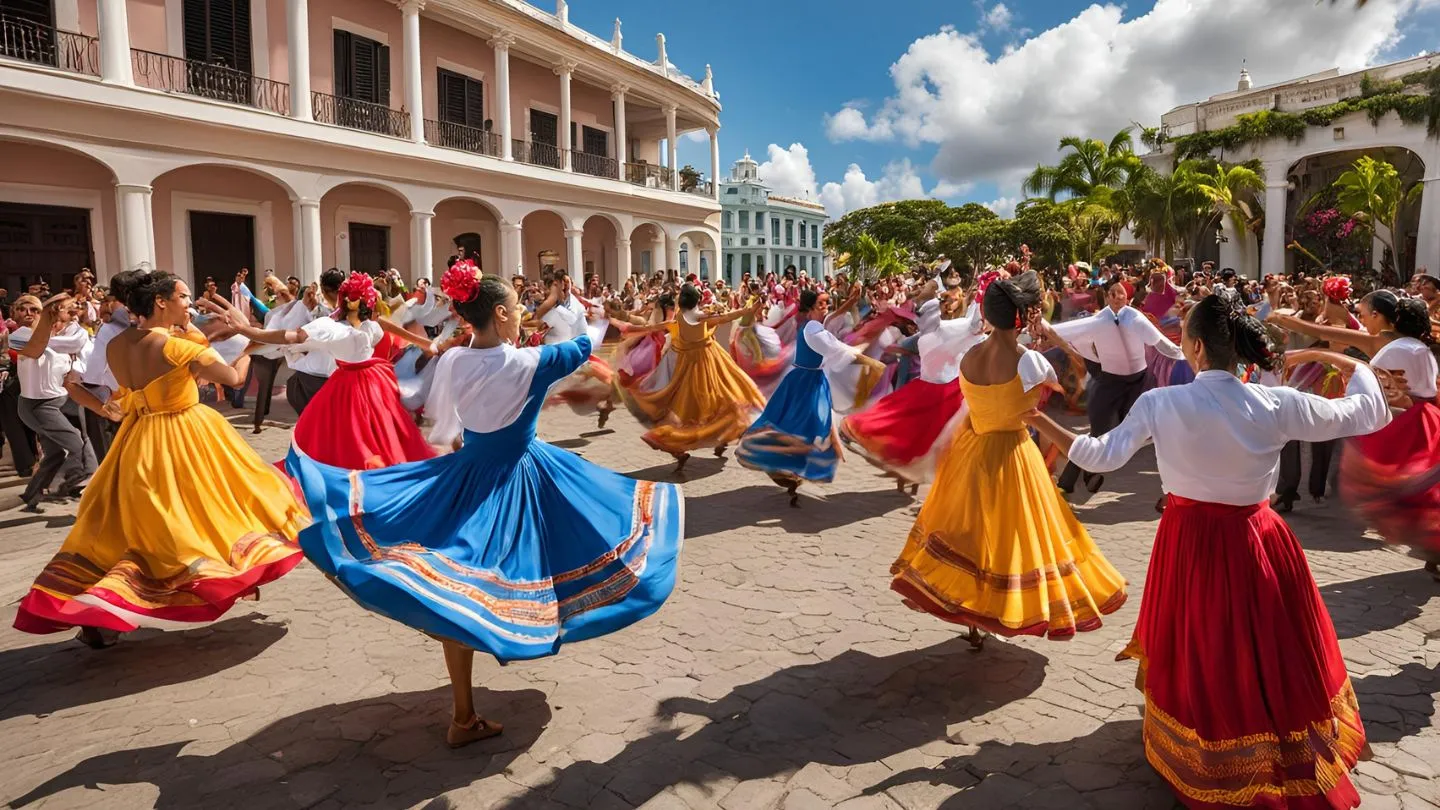
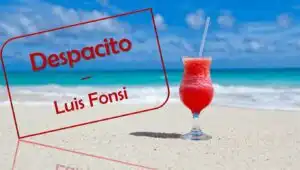
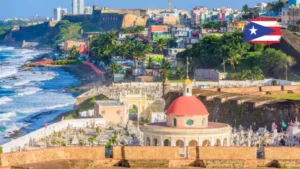
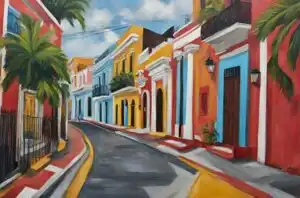
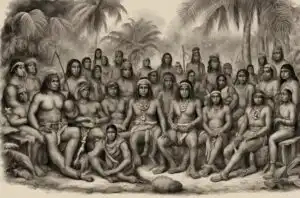
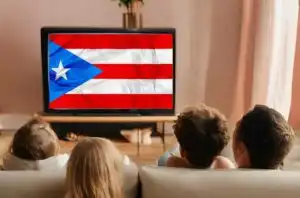
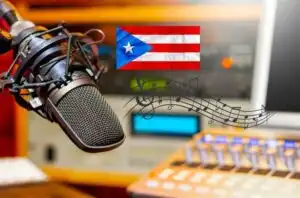
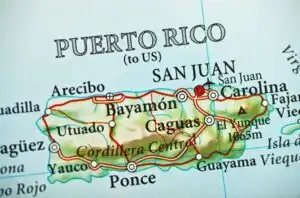
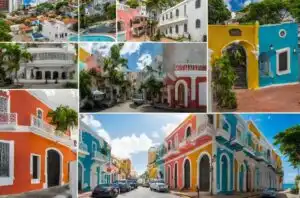
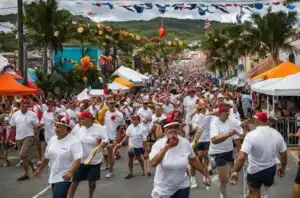
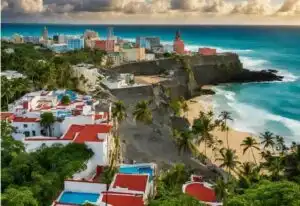
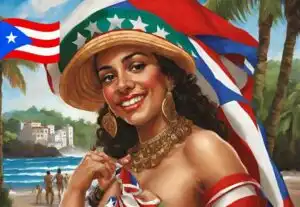
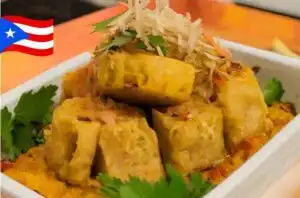
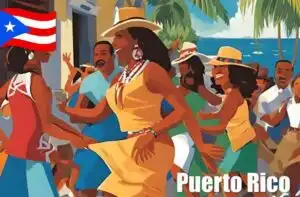
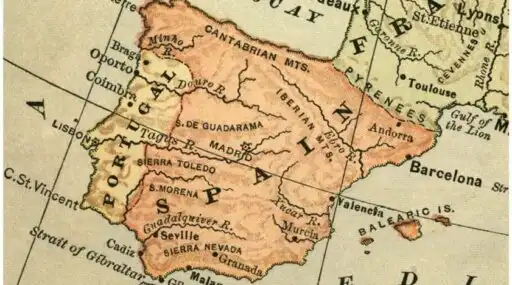
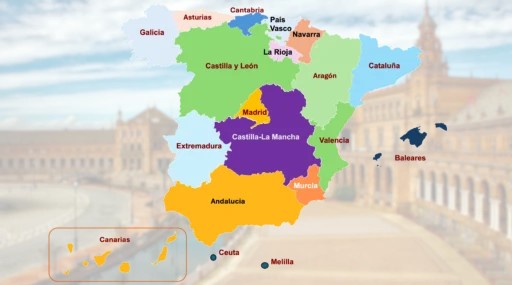
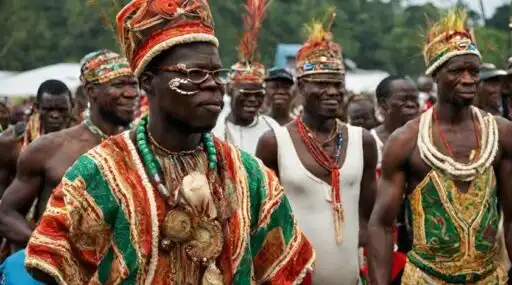
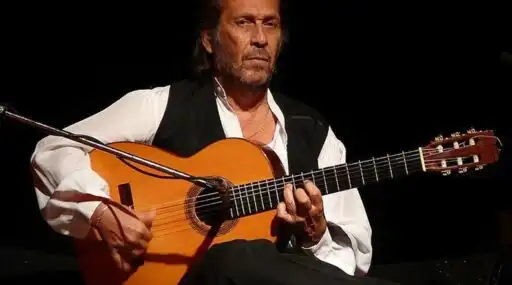
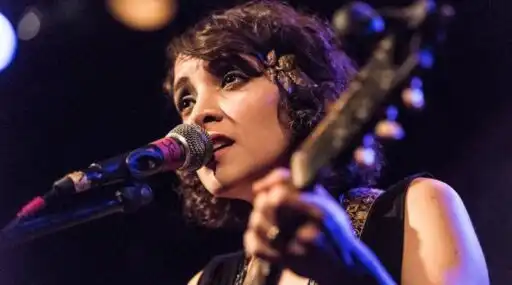
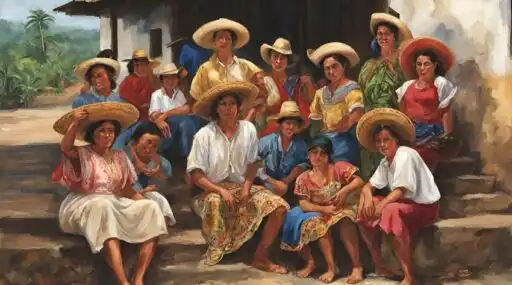
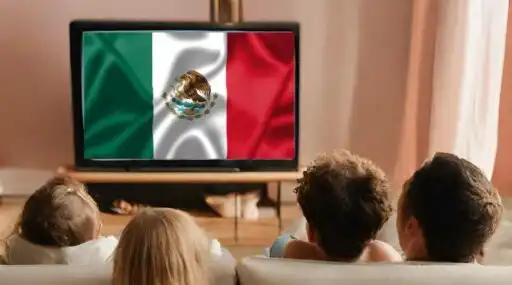

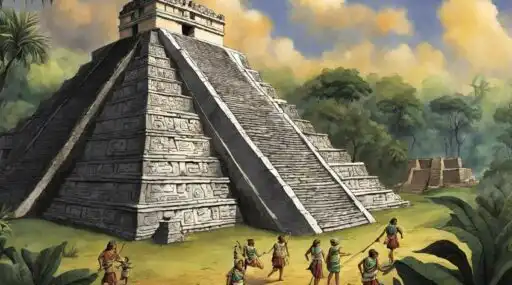
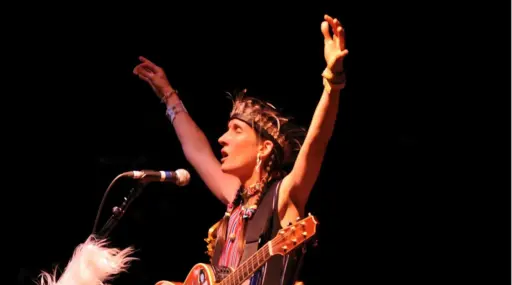
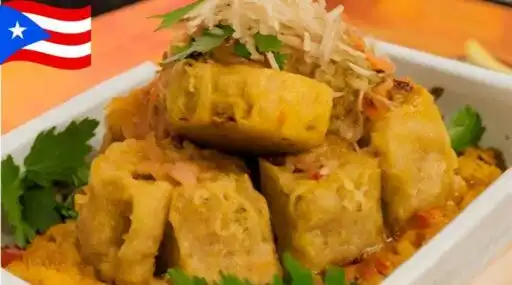
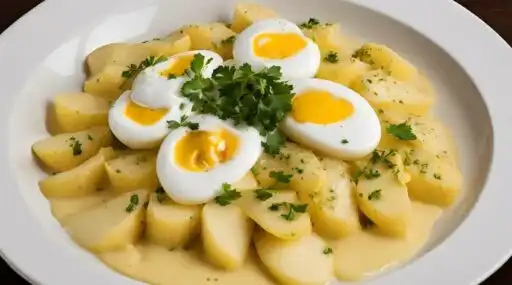
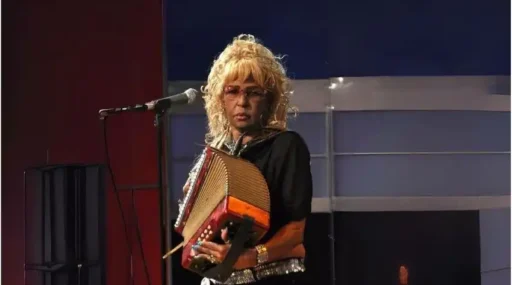
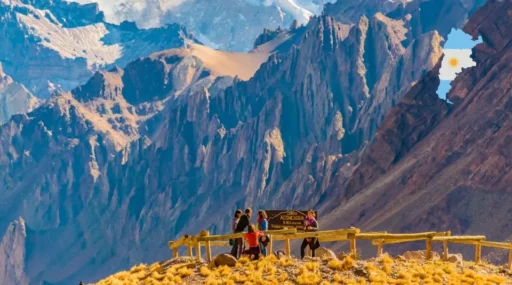
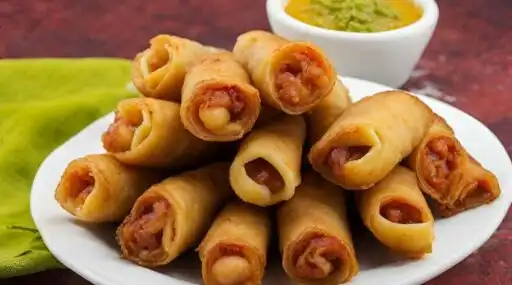
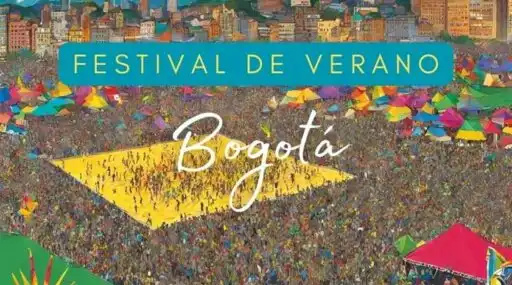
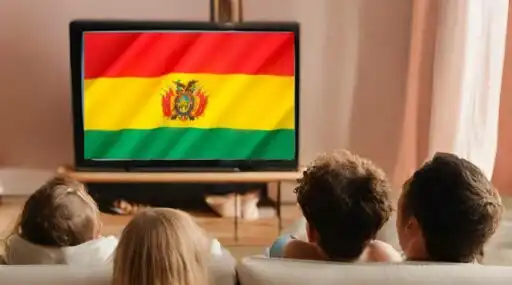
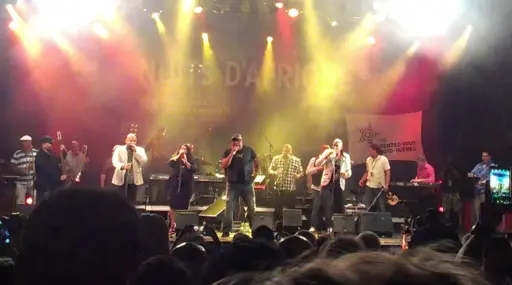
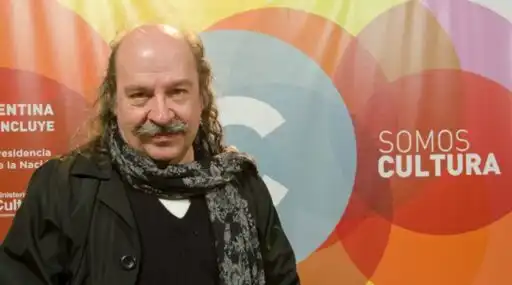
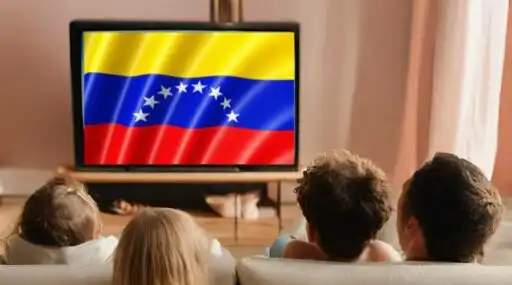
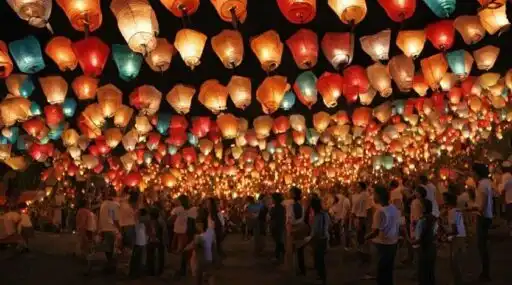
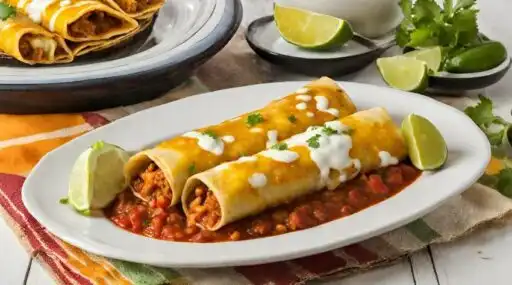
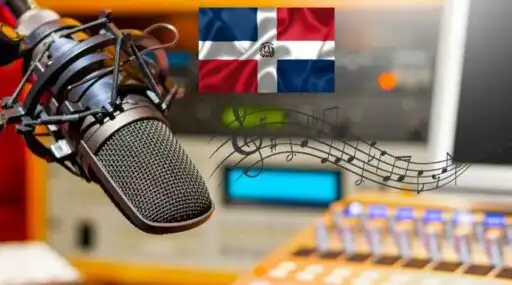
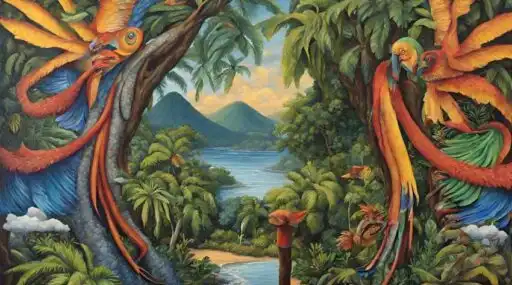
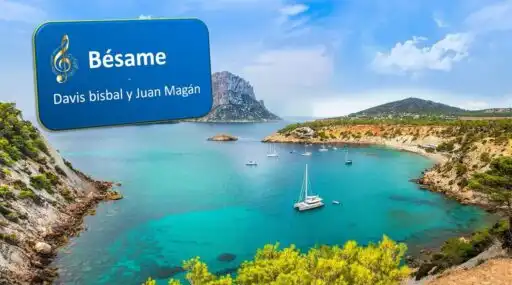
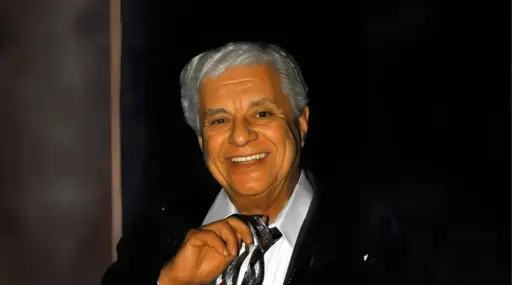
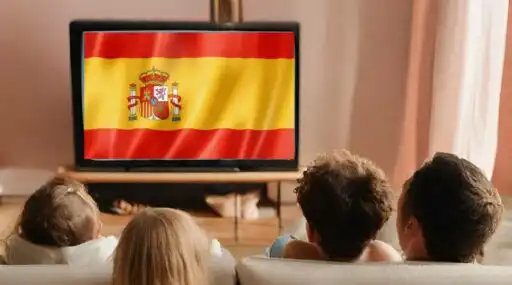
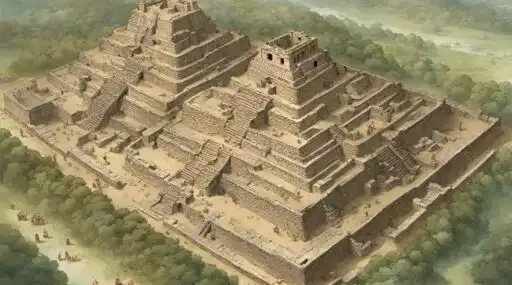
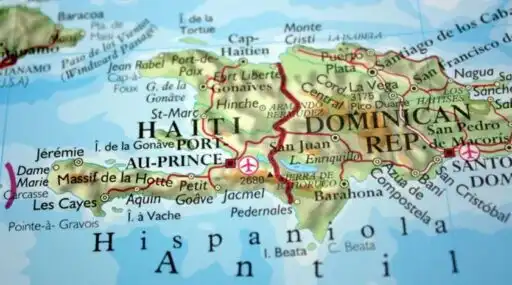
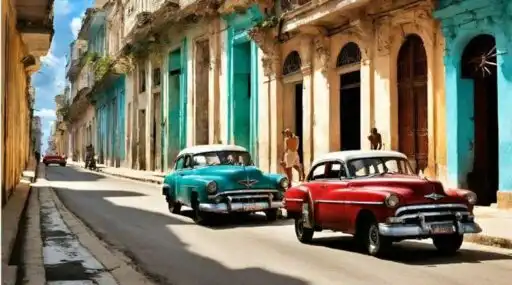
Leave a Reply